 How common is dental disease in dogs?
How common is dental disease in dogs?
Dental disease is one of the most common medical conditions seen by veterinarians. Over 80% of dogs over the age of three have active dental disease.
Few dogs show obvious signs of dental disease, so it is up to the dog’s family and veterinarian to uncover this hidden and often painful condition.
Are dental problems the same in pets and people?
No. In people, the most common problem is tooth decay which is due to the loss of calcium from the tooth’s enamel, resulting in painful, infected cavities (caries). In dogs, tooth decay is rare representing less than 10% of all dental problems. The most common dental problems seen in dogs are periodontal disease and fratured teeth.

What is periodontal disease?
Periodontal disease is a term used to describe inflammation or infection of the tissues surrounding the tooth. Periodontal diseases occur when the accumulation of plaque and tartar cause either periodontal pockets or gum recession around the tooth’s attachment. Left untreated, the infection often spreads deeper into the tooth socket, destroying the bone. Ultimately, the tooth becomes loose and may fall out over time.
Is periodontal disease very common?
It is estimated that more than two-thirds of dogs over three years of age suffer from some degree of periodontal disease, making it by far the most common disease affecting pet dogs.
How does tartar form and why is it a problem?
The mouth is home to thousands of bacteria. As these bacteria multiply on the tooth’s surface, they form an invisible layer called plaque or biofilm. Some of this plaque is removed naturally by the dog’s tongue and chewing habits.
If allowed to remain on the tooth’s surface, plaque thickens, becomes mineralized and creates tartar. This tartar accumulates above and below the gum line leading to inflammation (gingivitis) and further accumulation of plaque which leads to periodontal diseases.
Can plaque and tartar be prevented?
The rate at which plaque becomes mineralized is much quicker in some dogs than in others.
The best way to prevent tartar build-up is through daily tooth brushing using canine toothpaste that is specifically designed to be swallowed. Unfortunately, even though it is the best form of plaque control, most dog owners do not brush their dog’s teeth daily.
Special dog chew toys and treats may also help reduce or delay plaque and tartar build-up. Some pet foods have been specifically formulated as dental diets that mechanically and/or chemically assist in plaque removal. Water additives are also available.
The Veterinary Oral Health Council evaluates dental products for effectiveness. You can visit their website (www.vohc.org) for a list of plaque control products. Your veterinarian can help you decide which options are right for you and your dog.
Will feeding dry food remove tartar?
Pet food manufacturers have recently developed new dental diets that can help reduce the formation of plaque and tartar in your dog. Once tartar has formed, however, professional scaling and polishing under general anesthesia will be needed.
What is involved with a routine dental cleaning?
A routine dental cleaning involves a thorough dental examination, followed by a dental scaling and polishing to remove the plaque and tartar from all tooth surfaces. Your veterinarian will perform pre-anesthetic blood tests to ensure that kidney and liver function are satisfactory for anesthesia. Sometimes antibiotic treatment is started before the periodontal therapy is performed. Your veterinarian will discuss the specific pre-dental recommendations for your pet.
Once your dog is anesthetized, your veterinarian will thoroughly examine the mouth, noting the alignment of the teeth and the extent of tartar accumulation both above and below the gumline. Your veterinarian may also wish to perform dental radiographs to assess the viability of the tooth root and surrounding bone. If periodontal disease is severe, it may not be possible to save badly affected teeth, which may need to be extracted. Next, tooth scaling will be performed using both traditional hand scalers and ultrasonic cleaning equipment to remove all traces of tartar, both above and below the gum line. The tartar below the gum line causes the most significant gum recession and it is extremely important that it is removed thoroughly.
After scaling, the teeth are polished to remove microscopic scratches in order to help prevent subsequent plaque build-up. Special applications such as fluoride, antibiotic preparations, and cleaning compounds may be indicated to decrease tooth sensitivity, strengthen enamel, treat bacterial infection, and reduce future plaque accumulation.
What do broken, chipped, or fractured teeth look like in dogs?
The center of the tooth, called pulp, is covered by hard dentin and even harder enamel. Fractures either expose sensitive dentin, termed uncomplicated fractures, or the pulp which contains nerves and blood vessels, termed complicated fractures.


What causes fractured teeth in dogs?
Most tooth fractures occur when dogs chew on objects that are too hard, like ice cubes, bones, nylon chews, antlers, and horse hoofs. Any chew toy or dental treat fed to a dog should bend and “give” upon compression.
What is done to treat fractured dog teeth?
If the pulp is exposed, root canal therapy or extraction of the tooth are the treatment options. Leaving the tooth without treatment is not a good idea, as infection will have direct entry into your dog.
With gentleness, patience, and perseverance you can provide the oral care your dog needs to prevent dental disease.

